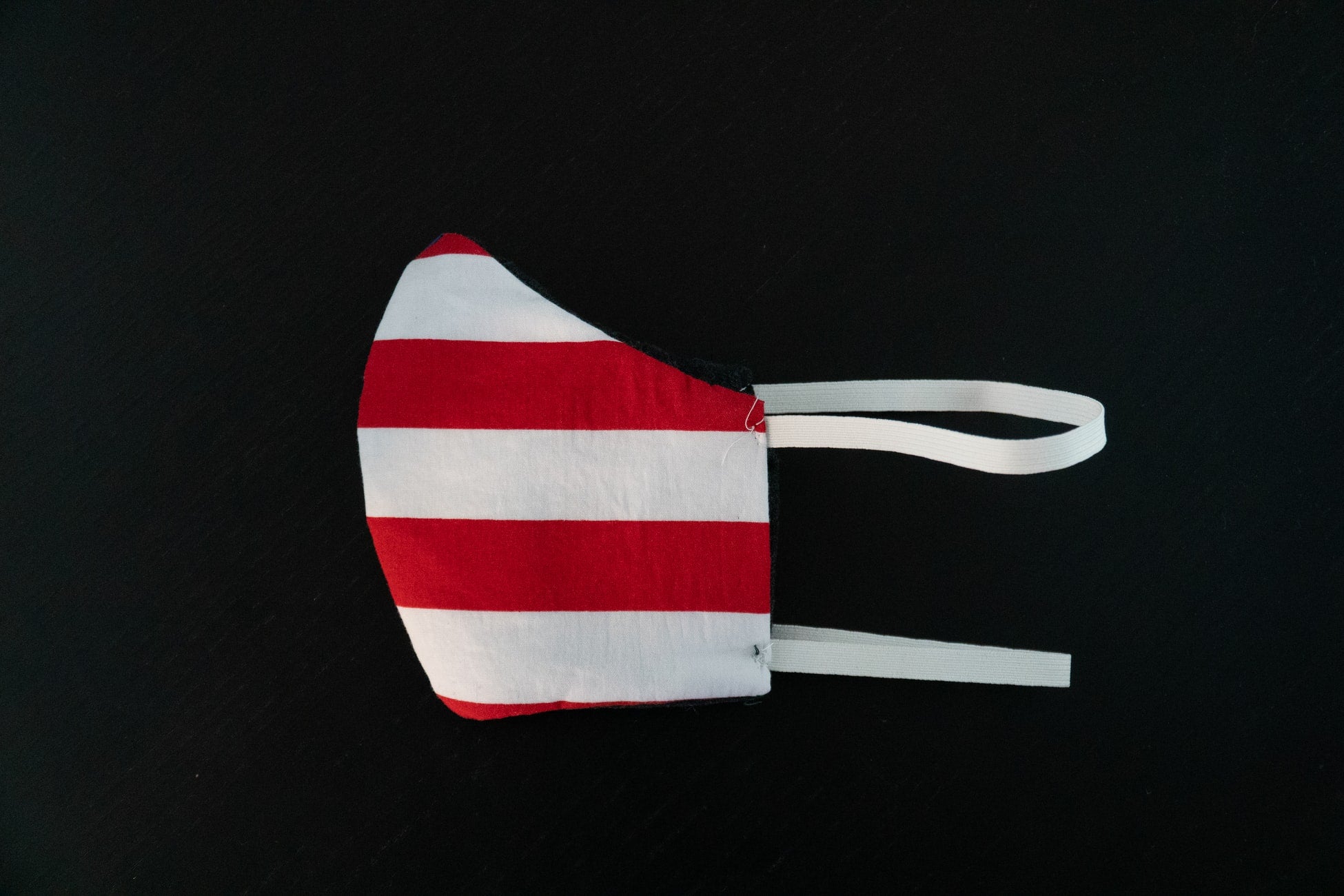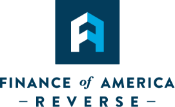In a recent blog post, I wrote about the return of team sports-when, how, where, etc. At the time, baseball’s return was uncertain – the players and owners were unable to reach an agreement on the amount of prorated salaries, the length of the season, and other issues. They never settled, so the owners implemented their final offer (as is their legal right under federal labor law). The players’ union signed off on a significant list of safety proposals, so there will be baseball in 2020. However, while it will still be baseball, this season will be different from anything we’ve ever seen.
The 60 game season:
Usually, the 162-game regular season is a marathon for the players and team personnel. Although it would be an exaggeration to call the 60-game season a sprint, it’s going to be more like a half-mile race, a semi-sprint. Each game will be a lot more important than each game during a full season. Also, teams that get off to a slow start will not have the opportunity to make up lost ground as they do during the regular season.
The Oakland A’s, for example, are notoriously slow starters, and if they start poorly again this season, the season will be over just when they begin to heat up. A post-season will follow the short season that the league and players plan to finish in October, hopefully in advance of the expected COVID fall spike.
The schedule is a significant departure too. Each team will play 40 games against the teams in their division and the other 20 against teams in the other league’s corresponding division. For example, the American League East teams (the Red Sox, Yankees, Toronto Blue Jays, Baltimore Orioles, and Tampa Bay Rays) will play each other ten times. They will also play 20 games against the National League East (the Mets, Atlanta Braves, Washington Nationals, Miami Marlins, and the Philadelphia Phillies). Each team will play six games against their “traditional rivals” (kind of stretch for some pairings), but it means we’ll have two three-game Subway Series (my beloved Yanks versus the Mets). Beltway rivalry games between the Nationals and the Orioles; in the mid-west, the Cubs against the White Sox, the Cardinals vs. the Kansas City Royals (the I-70 rivalry). Six-games of the historic rivalry between the SF (formerly New York) Giants and the LA (formerly Brooklyn) Dodgers (as a native New Yorker I grew up watching those games with my mother, a diehard Giants fan). I think it’s going to be way cool.
The Player rosters, 60/30/26: During regular times, a major league roster is set at 25 for the team plus another 15 players who aren’t with the team but are protected from other teams signing them. For this special season, due to the condensed version of spring training and to protect player health, there will be a 60-player pool from which the team can draw in case of injury, illness, etc. For the first two weeks, each team’s active roster is set at 30; for the 3rd and 4th weeks of the season, 28, and after the 4th week, rosters will be set at 26. Those not on the active roster will be at a nearby facility where they can practice, work out, and be ready if they are called up to the team to fill a vacancy created by injury or illness.
Universal Designated Hitter: The most significant distinction between the National and American leagues is the American league’s use of the designated hitter (dh) to bat instead of the pitcher. The American League adopted the dh in 1973. The National League has not. It’s one of the things fans of National League teams stand on to claim their league is “real” baseball. I don’t take sides in this ongoing debate, but it’s moot, at least for this season. Major League Baseball has adopted a universal dh rule so that both leagues will have dhs hitting instead of pitchers. I’m not sure why other than it’s been something that’s been discussed for several years.
Extra Innings: A friend and former co-worker texted me recently, shocked at the universal dh (he’s a lifelong Cincinnati Reds fan, and he is an intrepid opponent of the dh) and the new rule governing extra innings. One of the unique features of baseball is that it isn’t over until it’s over-no ties, play until someone wins. Given the pandemic, and the need to have players and team personnel be as safe as possible, it’s essential to spend as little time in the ballpark as possible.
So, for this season, and this season only, each extra inning will start with a runner on second base. It’s as if the lead-off hitter in the inning hit a double. It’s strange, the strangest COVID inspired change so far, and I’m not sure I love it, but I understand it, and if nothing else, it will be interesting.
“Spring training” recommences on July 8. The season is set to start on July 30. It may be great, it may not, but two things for sure: it’s baseball, and it’s going to be very different. I’m starting to get amped: I’m figuring out how I can put my tv on the deck, a bag of peanuts and a beer nearby, hot dogs grilling, mustard and sauerkraut at the ready.
– Edward from McMinnville, Oregon, a FAR customer who is finding purpose in this new stage of his life.

Edward
Edward writes for FAR and is also a customer. He is 73-year-old, born and raised in and around New York City. After college and a little graduate school, he took Horace Greeley’s advice and went west. Edward lived in several cities throughout California and currently resides in Oregon. He practiced law for a few years as part of a law collective doing what they called “people’s law,” but spent most of his career working as an internal organizer for the unions.
When Edward’s career ended with the unions, he was determined to become an advocate for older adults. He enrolled at Portland Community College studying Gerontology. He learned a lot about aging and how it applied to his own life experiences and my own aging process. Much of Edward’s writing is related to what he learned in his Gerontology studies.
* The opinions expressed in this article are those of the authors. They do not necessarily reflect the opinions or views of the Finance of America Reverse (FAR) LLC.
This article is intended for general informational and educational purposes only, and should not be construed as financial or tax advice. For more information about whether a reverse mortgage may be right for you, you should consult an independent financial advisor. For tax advice, please consult a tax professional.















I WANT TO KEEP UP TO DATE ON RETIREMENT TRENDS
Follow Us.